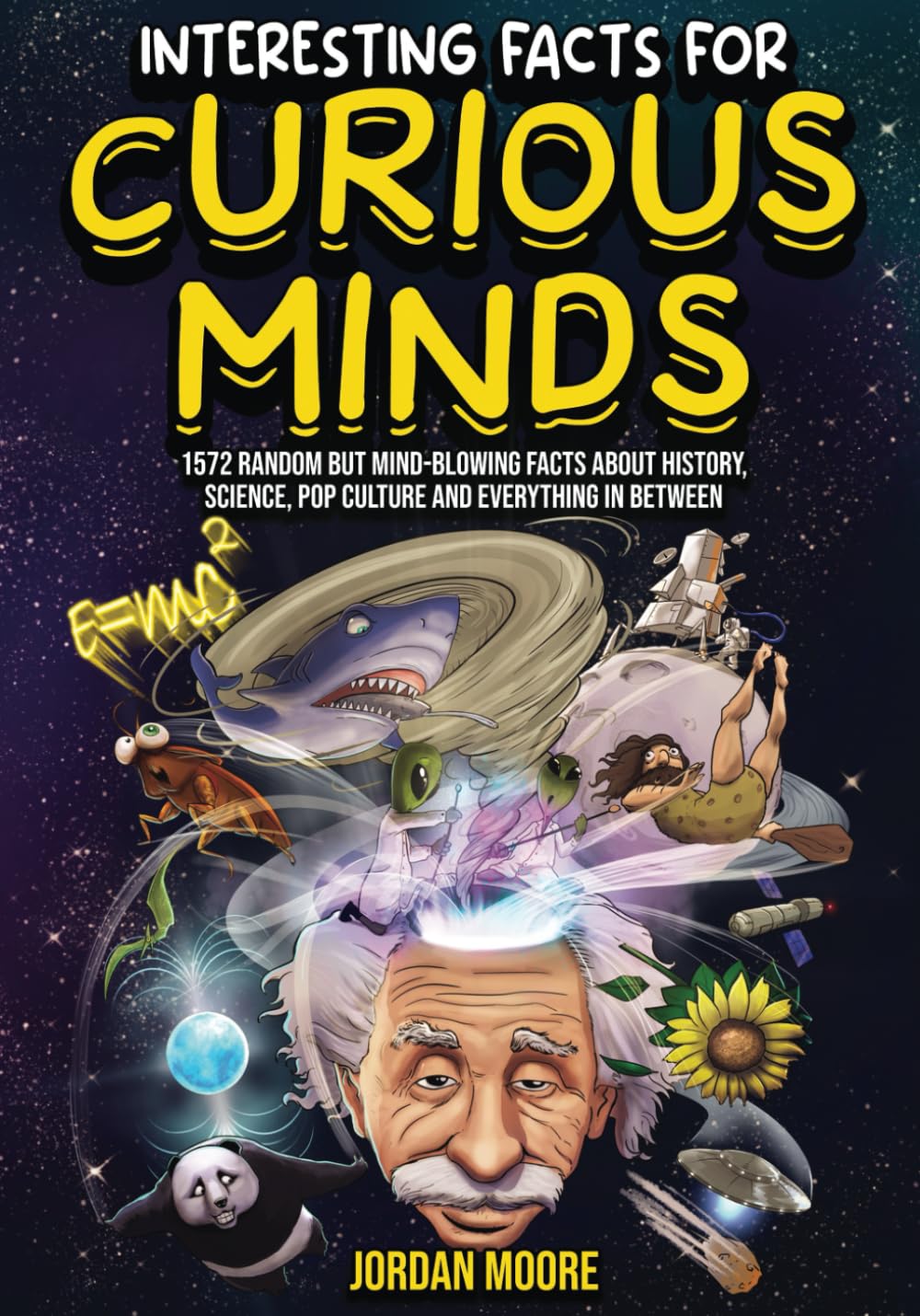
Interesting Facts For Curious Minds: 1572 Random But Mind-Blowing Facts About History, Science, Pop Culture And Everything In Between
Beauty Is In The Eye Of The Beholder
byBeauty is in the eye of the beholder, and this concept has been deeply ingrained in society for centuries. The beauty industry, driven by innovations in cosmetics and fashion, continues to evolve, with some fascinating historical and modern developments. For example, the average American woman will spend about $15,000 on beauty products during her lifetime, a significant amount that reflects the importance placed on appearance. This expenditure includes everything from mascara to lipstick, with substantial amounts dedicated to enhancing one’s facial features. While this may seem excessive, the pursuit of beauty has long been an integral part of many cultures, influencing everything from fashion trends to personal identity.
The beauty industry has also seen some rather bizarre and even dangerous innovations over the years. Botox, for instance, is made from the toxin produced by the bacterium Clostridium botulinum, which can cause botulism. Despite its toxic origins, Botox is widely used in cosmetic procedures to temporarily paralyze muscles, smooth out wrinkles, and reduce the appearance of aging. This contradiction, where a harmful substance is used for beauty, exemplifies how society has developed complex relationships with products that promise to enhance one’s appearance, sometimes at great cost to health and well-being. Similarly, the practice of foot binding in China, which lasted for centuries, involved breaking and tightly binding the feet of young girls to achieve a desired “lotus foot” shape. While considered a symbol of beauty, it caused immense physical pain and deformity, showing the extremes to which beauty standards have historically been pushed.
Throughout history, beauty practices have often been used as a way to signify status or wealth. In ancient Egypt, for example, cosmetics were widely used, with green malachite as one of the first eye paints. This was later replaced by kohl, a powder applied with a stick, which became a hallmark of Egyptian beauty rituals. The widespread use of cosmetics in Egypt, including the iconic eye makeup, was a cultural norm that symbolized both beauty and status. The desire to enhance one’s appearance was not confined to just the upper class; it was practiced across society, indicating how beauty ideals have historically been connected to identity and social position.
Modern beauty standards have evolved significantly, but many of the practices rooted in history continue to influence current trends. For example, the invention of mascara and its widespread use in modern makeup is rooted in early cosmetic innovations. Mascara today, while a staple in most women’s beauty routines, is made from a variety of ingredients, including oils, pigments, and waxes, some of which can be less than benign. The introduction of these products, such as those containing titanium dioxide or rayon microfibers, reflects how beauty standards have advanced in terms of both appearance and material development, yet not all advancements are entirely safe or harmless. The continued development of such beauty products highlights the evolving nature of the industry and its role in personal transformation and self-expression.
In the world of cosmetics, innovations like the beauty micrometer invented by Max Factor Senior in 1938 aimed to refine the process of applying makeup, though it looked more like a medieval torture device than a helpful tool. His invention was designed to measure the parts of the face that needed more makeup, helping people achieve the perfect look. Although it was not a long-lasting success, it reflects the lengths to which the beauty industry has gone to assist people in perfecting their appearance. Similarly, the modern application of beauty products has been revolutionized by technology, with various devices and tools designed to provide users with more precision and control over their appearance, changing the way beauty is experienced today.
Throughout history, certain figures have had a significant impact on beauty standards. One such person was Elizabeth Taylor, who famously refused to work with any woman who wore red lipstick, a signature of her own look. Her association with this bold, striking color helped to cement red lipstick as an iconic symbol of glamor and femininity. Taylor’s personal influence, like that of many other icons, shows how individual choices can shape and redefine beauty standards, leaving lasting impacts on fashion and makeup trends for generations to come.
The history of cosmetics has also been shaped by scandal and intrigue. Coco Chanel, for example, is a name synonymous with timeless elegance and perfume, yet her collaboration with the Germans during World War II has tainted her legacy. Despite the controversy, Chanel’s influence on the fashion and beauty world remains undeniable, as her perfume, particularly Chanel No. 5, became one of the most iconic scents in the world. The paradox of Chanel’s beauty empire, built on both elegance and controversy, illustrates how the world of beauty is not only about aesthetics but is deeply intertwined with politics, power, and societal changes.
Modern beauty practices, from plastic surgery to non-invasive treatments like Botox, have grown from these deep historical roots. Today, procedures such as rhinoplasty (nose jobs) and breast augmentation are common and have become more socially accepted as people strive to conform to ideal beauty standards. The increasing popularity of such procedures has sparked debates about body image, societal pressures, and the influence of media on personal identity. This ever-growing emphasis on physical appearance highlights the power of beauty in shaping both individual lives and broader cultural trends. As beauty standards continue to evolve, they remain a reflection of societal values and individual desires, with new inventions constantly being introduced to meet the demands of modern consumers.

